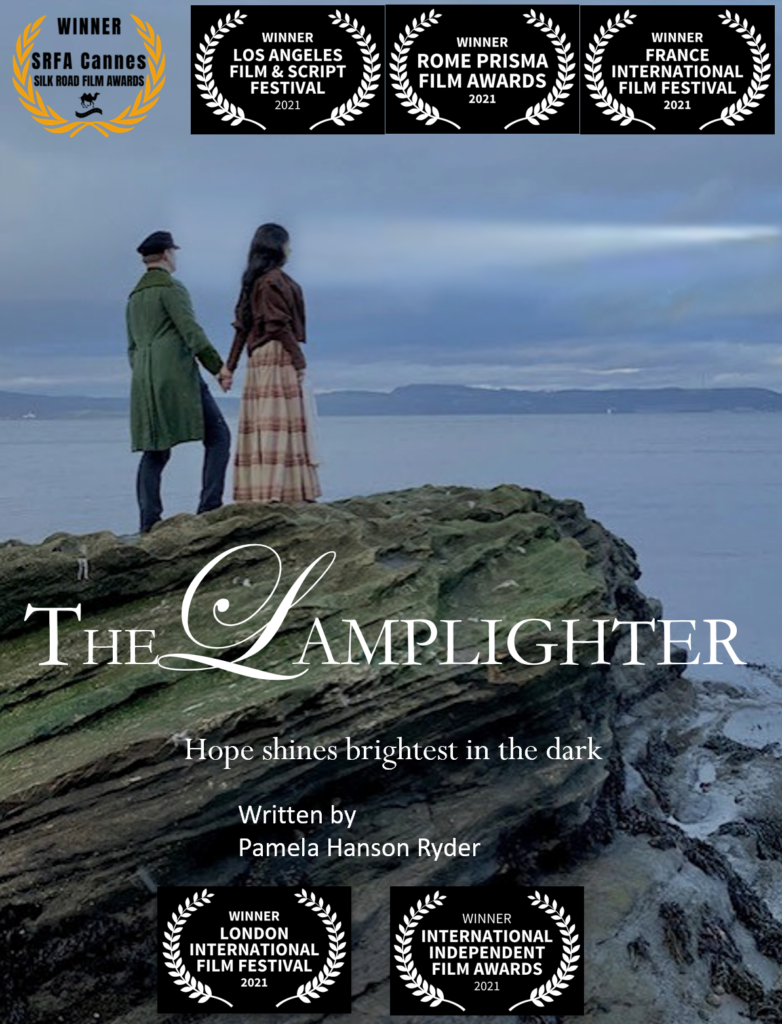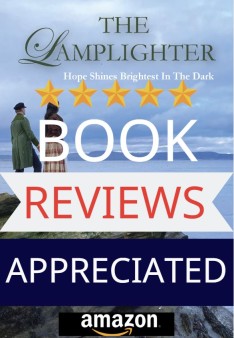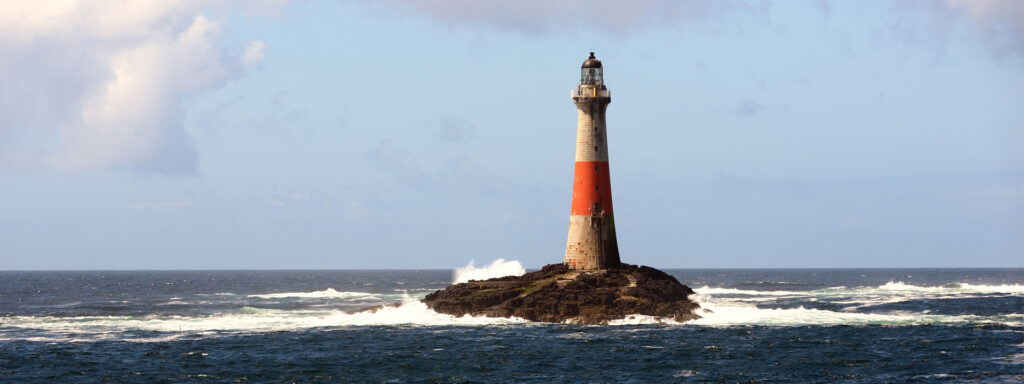The Lamplighter
The Lamplighter is the debut novel from actress and author Pamela Hanson Ryder, based on her original award-winning screenplay written in 2021. The purpose of this website is to share a behind-the-scenes look into the history, literature and drama of 19th century Scotland as well as to engage with the author and people who are passionate about remembering the past, being grateful for the present while hoping a light of hope for the future in our own life dramas.
We have all experienced Lamplighters in our lives. Perhaps an inspiring teacher, parent or good friend has helped change the course of your own life’s events. Likewise, major changes in history may have taken a turn due to a simple, chance meeting or the sharing of views between strangers.
Lamplighters are everywhere for those who dare to hope.

It’s 1870. A tragic shipwreck exposes the destitution of ship wreckers surviving on the West Coast of Scotland, who depend on looting merchant sea folk for their survival. Two men, brought together by circumstance, learn to break with tradition and follow their dreams of love and literature. One of the men, a brilliant young writer, is inspired to produce such famous works as Treasure Island, Kidnapped and The Strange Case of Dr Jekyll and Mr Hyde.
A nested story of 19th-century lighthouse building, the grim realities of poverty and the discovery of a new reason to love, tells the tale of how ordinary people’s destiny is changed when a lamplighter appears in their lives. It is the story of technological and human endeavour that displaces the darkness of oppression with hope that lights the way to a new world of justice and kindness.
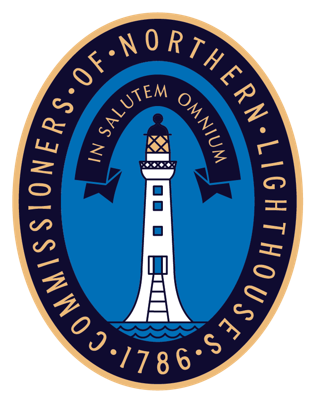
In Salutem Omnium (For the Safety of All)
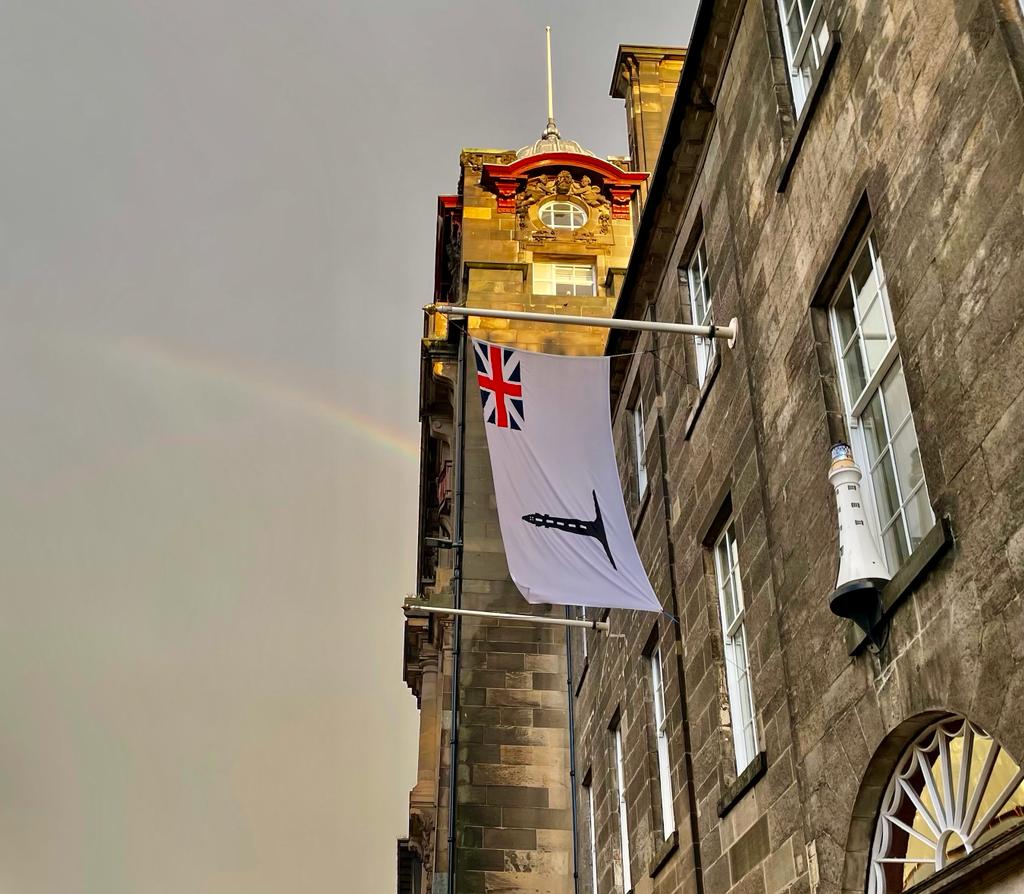
The Lamplighter novel was launched at the Head Office of the Northern Lighthouse Board in Edinburgh on November 1st 2022, celebrating the 150th anniversary of the lighting of Dubh Artach lighthouse in 1872

Inspiration to write The Lamplighter
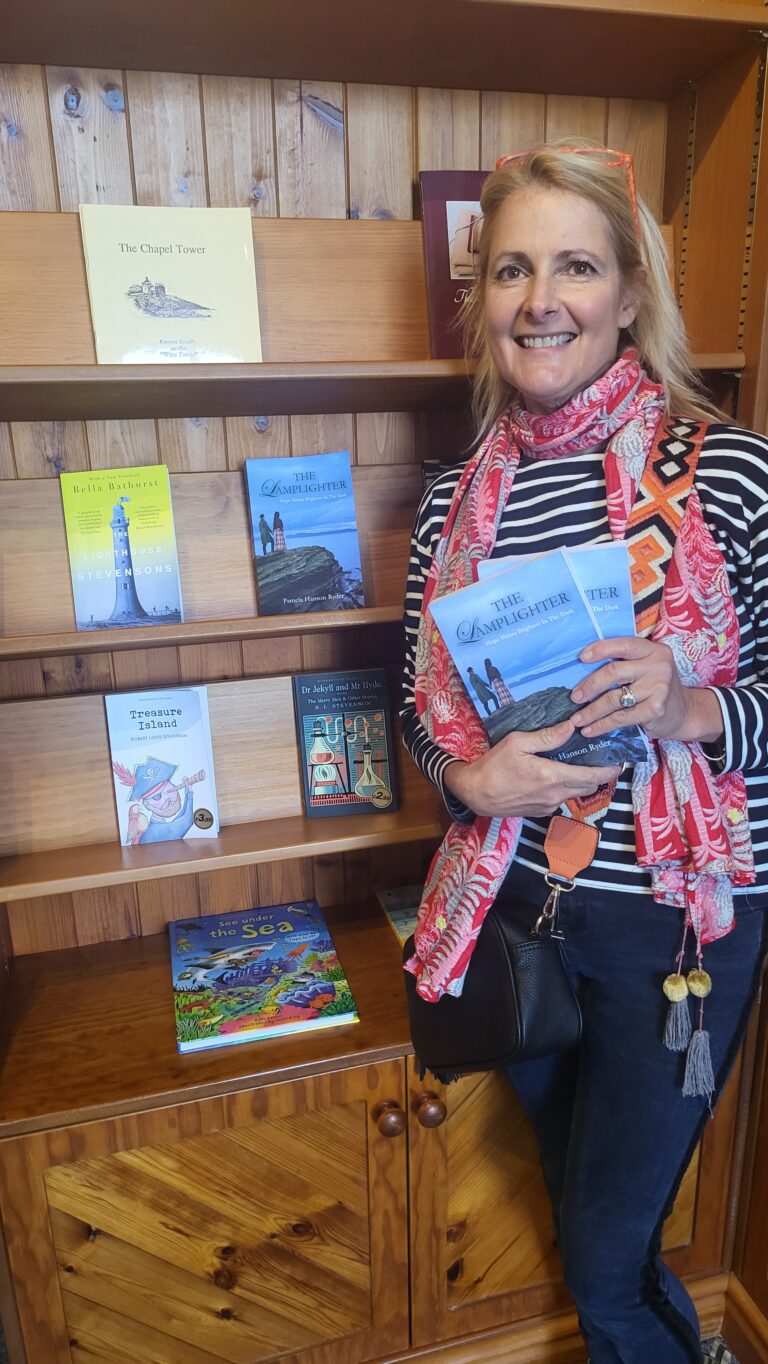

Fiona Holmes, NLB Communications Officer, Pamela, Robert Stevenson and Andy Ryder.

Ian Duff, ALK President and retired Lighthouse Keeper.

Pamela signing books.
Delivering books in person to the Scottish Lighthouse Museum at Fraserburgh.

Proceeds of books sales at the book launch were donated to the Edinburgh Food Project
Inspiration to write The Lamplighter
In the 18th and 19th centuries, loss of life due to shipwrecks was commonplace around the British Isles. On one treacherous night alone, during the great storm of 1859, 133 ships and 800 lives were lost off the coast of Wales.
Men like John Smeaton (8 June 1724 – 28 October 1792) and Robert Stevenson (8 June 1772 – 12 July 1850) changed the course of history and saved so many lives by building what can only be described as the equivalent in their day to what computers and AI are to pilots and hospitals today. [uncanny how they even shared the same birthday]
Their lighthouses were built on skerries (areas of rock protruding through waves), far out at sea, by men who courageously navigated the tides and waves in time to place hand-hewn stone blocks onto the rocks where these gigantic monoliths were constructed.
A great part of my youth was spent sailing on a schooner with my parents and three siblings. For many of those hours on the open sea, I dreamed up stories.
Over forty years later, watching a film director grappling to turn my screenplay into a film, I asked him if he had other stories floating around in his head. “All the time,” he replied, “So do I,” I said. “In fact, I think I am going to write a book about a lighthouse.” Where that idea came from, I had no idea at the time, but I knew I’d seen a book about lighthouses somewhere in my collection, so I went to look for it. I opened the book for the very first time and there, inside the cover, was an inscription from my late father written 20 years before. “Fellow lighthouse lover and admirer – a possible nucleus for a lighthouse library. Much love, Dad”.
From then on, it was clear to me what I had to do. My inspiration was born, and the story of The Lamplighter began its journey. As I researched into the building of Dubh Artach lighthouse, 14 miles off the coast of Mull, the story began to write itself. I read about the amazing history of the Stevenson family and how each generation was devoted to saving lives at sea through the ingenious techniques and inventions used to build these beacons of hope. This tradition did not hold for Robert Louis Stevenson, who found that his own passion and skill lay more in writing poetry and novels.
I also learnt about the destitute people who lived out on the islands, how they survived through a life of violent shipwrecking and that it was not only women – without any legal rights – who fell foul to a life of oppression and dependence on powerful men, black slaves still featured in feathering the nests of the wealthy.
The Industrial Revolution may have thrived in the cities around the UK at the time, however certain large, isolated areas of Scotland remained unaware of the changes to the modern world around them. Scots were still suffering from the effects of the Highland Clearances of the late eighteenth century and were forced to migrate for work, whilst Victorian England romanticised and weaved their own bright versions of Scottish tartan.
This isn’t just a book about a lighthouse and Victoriana. Ultimately, it is the story of individuals who bring us hope – people who light our path and, when we need it, take us by the hand and lead us out of the shadows.
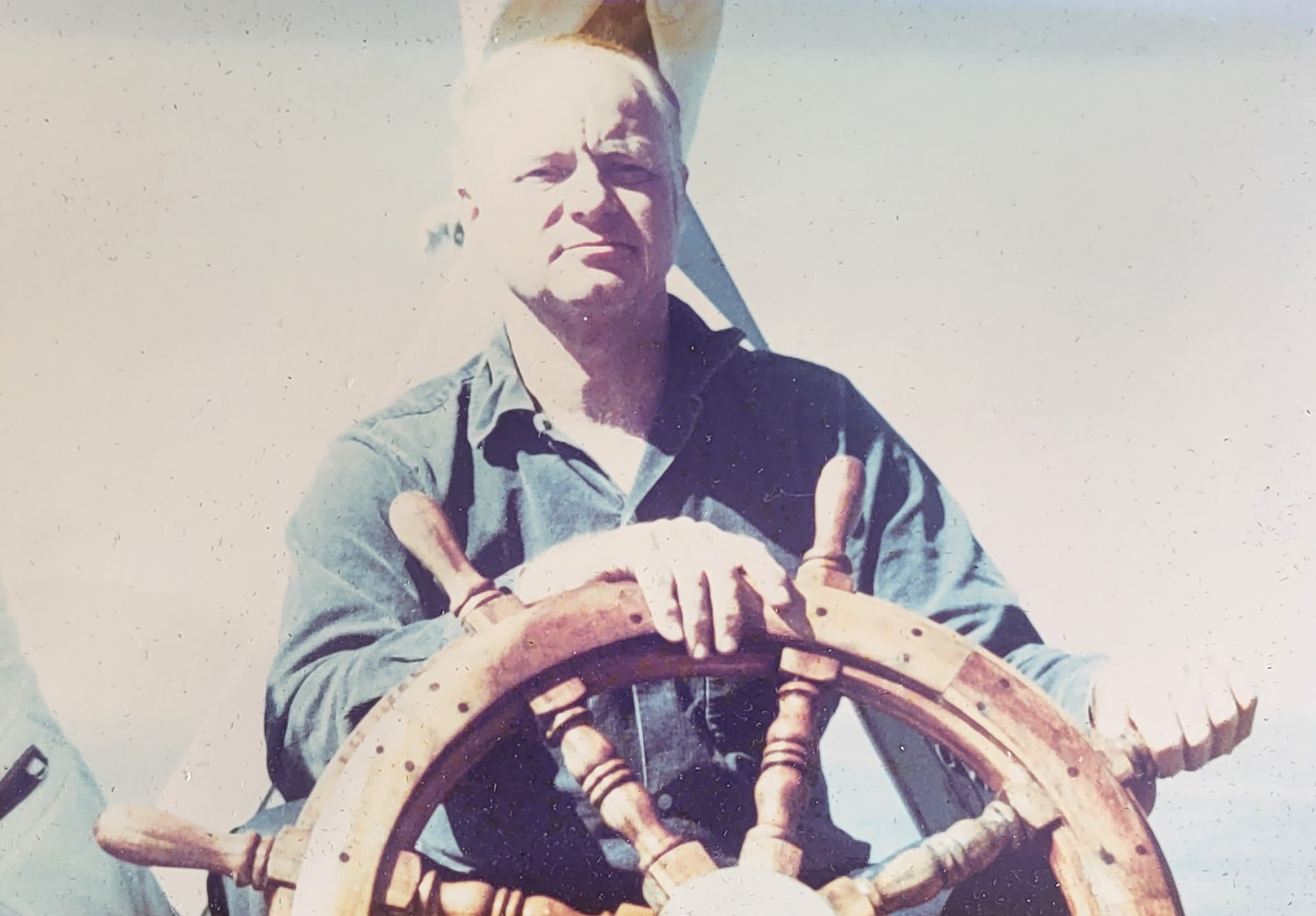
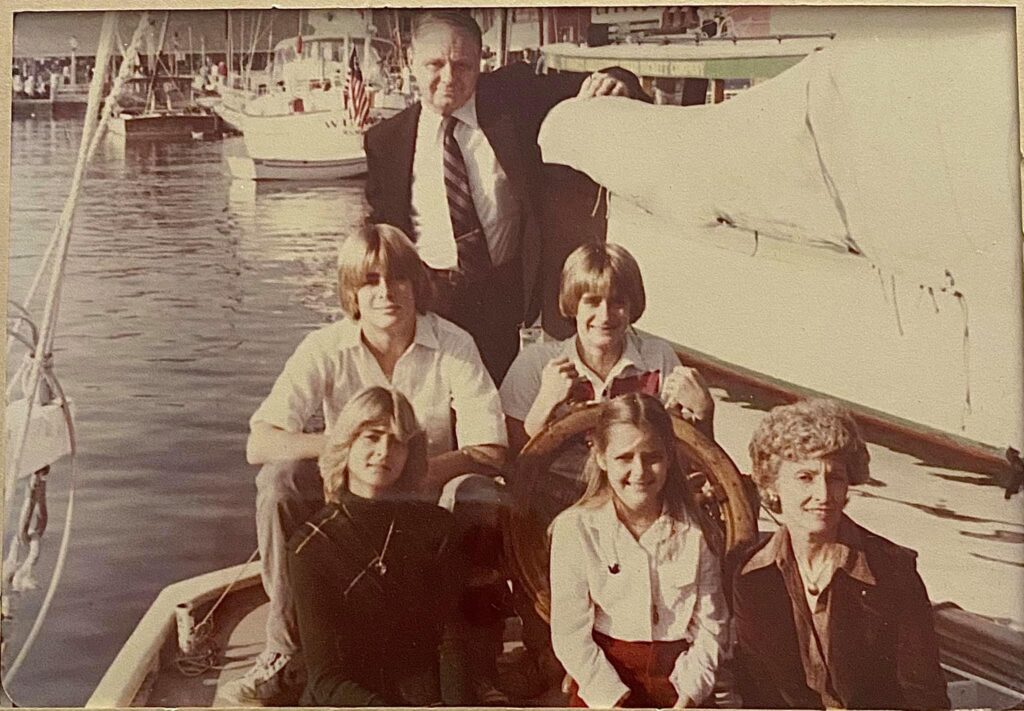
Our family on the
Albatross II
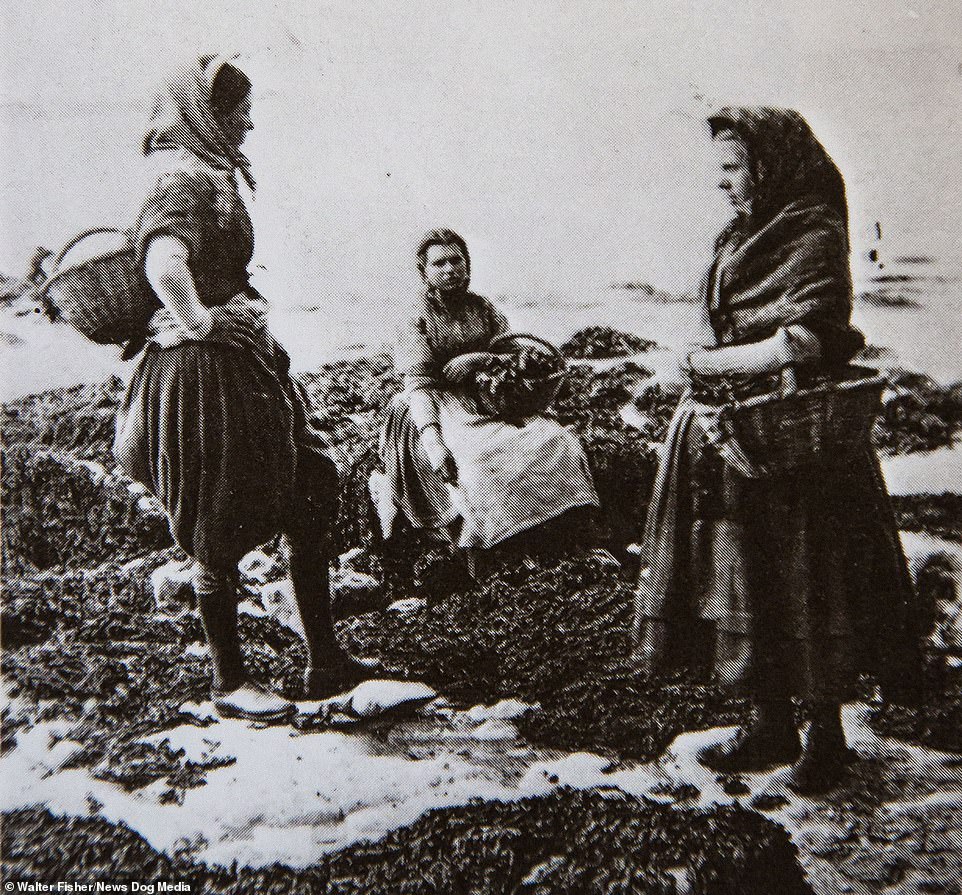
Poverty in Victorian Scotland
While Victorian Britain was busy with the Industrial Revolution, incredible feats and heroes of engineering were prevalent building bridges and railways using huge new cranes and machinery. The north of Scotland was no different and in Glasgow the demand for shipbuilding couldn’t be rivalled.
In complete contrast, the most remote parts of Scotland, from the Highlands and Islands to Inverness and the north, the inhabitants lived in extreme poverty. There was no railway linking them to the cities and no access to hospitals or external food trade.
Imagine living in a time when women bore their children only with the aid of other local women. No doctors, painkillers, surgery. Many of them died in childbirth, and if even they survived, the children often didn’t. They relied on each other for limited knowledge of homemade remedies, digging peat, cooking and washing. The men harvested the land and fished for their main source of food. Imagine living in a tumbledown cottage where the freezing winter wind constantly swept inside between the cracks. Where firewood was finite and community was scarce. Labour was back-breaking and life was short. It was not an easy existence for anyone, when food was in short supply and the fight for survival was often defeated by disease.
But the Scots have always had an undeniable humour woven into their fabric. Even in difficult of times the need for a song and a ceilidh has never been disavowed. The thrifty Scot is a trait which was distilled out of the pure necessity to be that way. Hence, the joke, The blether and a dram are the makings of a Scot. And for the woman, this is her birthright.
Technology and courage saving lives at sea
In the 18th and 19th centuries, loss of life due to shipwrecks was commonplace around the British Isles. On one treacherous night alone, during the great storm of 1859, 133 ships and 800 lives were lost off the coast of Wales.
Men like John Smeaton (8 June 1724 – 28 October 1792) and Robert Stevenson (8 June 1772 – 12 July 1850) changed the course of history and saved so many lives by building what can only be described as the equivalent in their day to what computers and AI are to pilots and hospitals today. [uncanny how they even shared the same birthday]
Their lighthouses were built on skerries (areas of rock protruding through waves), far out at sea, by men who courageously navigated the tides and waves in time to place hand-hewn stone blocks onto the rocks where these gigantic monoliths were constructed.
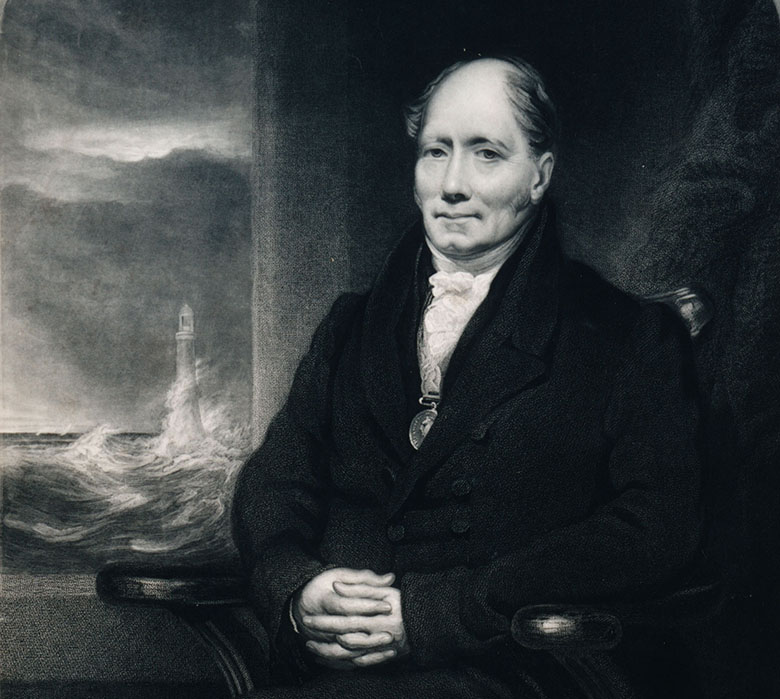
Did you know....?
(Lighthouses, Robert Louis Stevenson, Victorian Poverty)
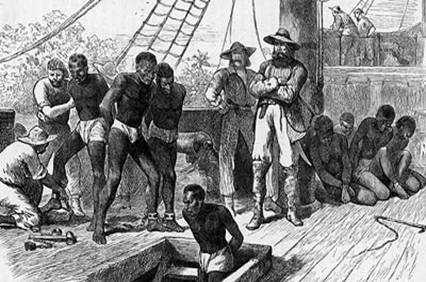
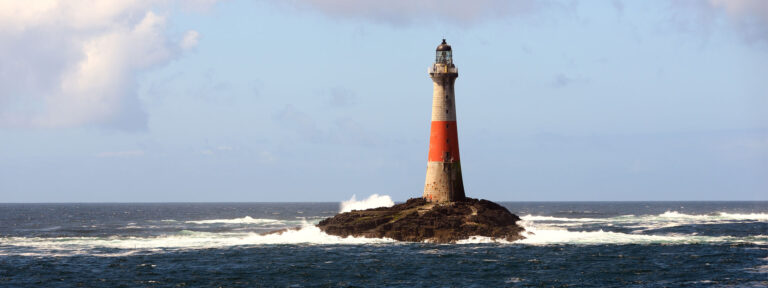
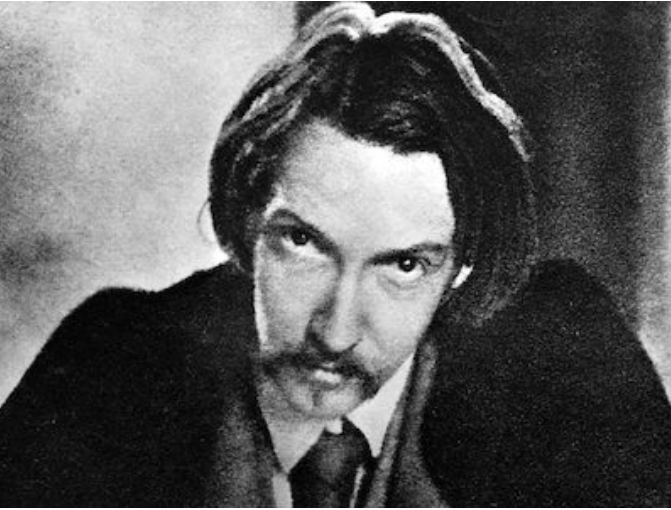

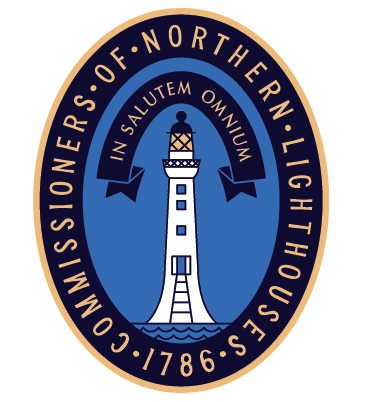
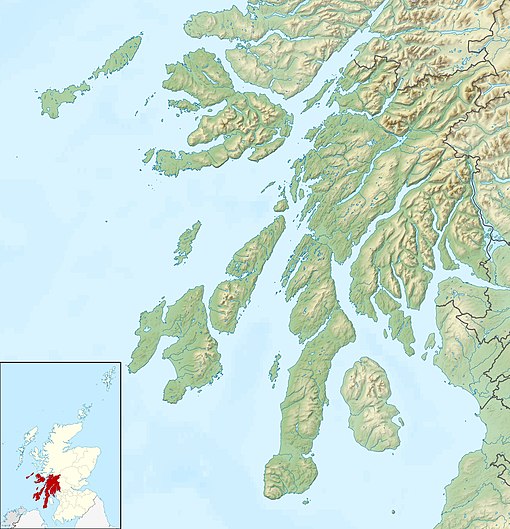
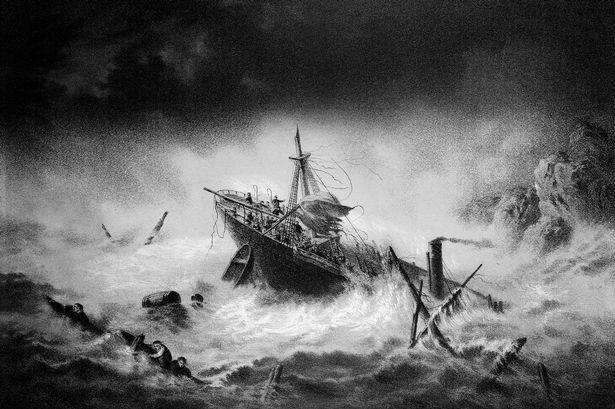
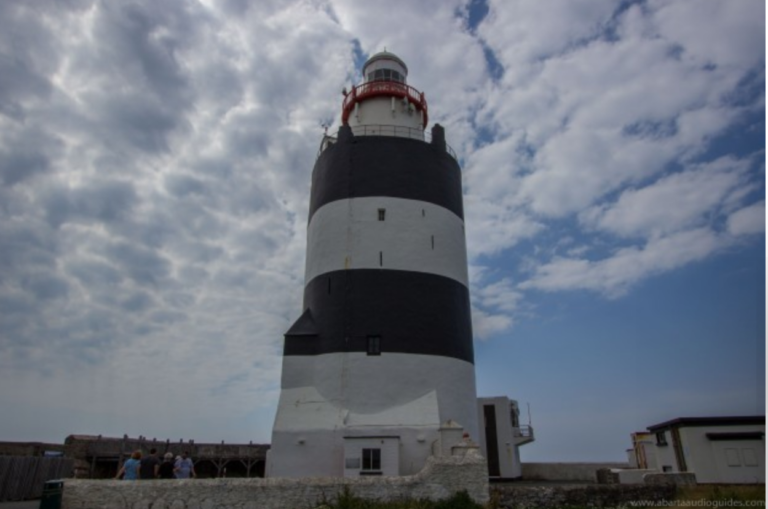
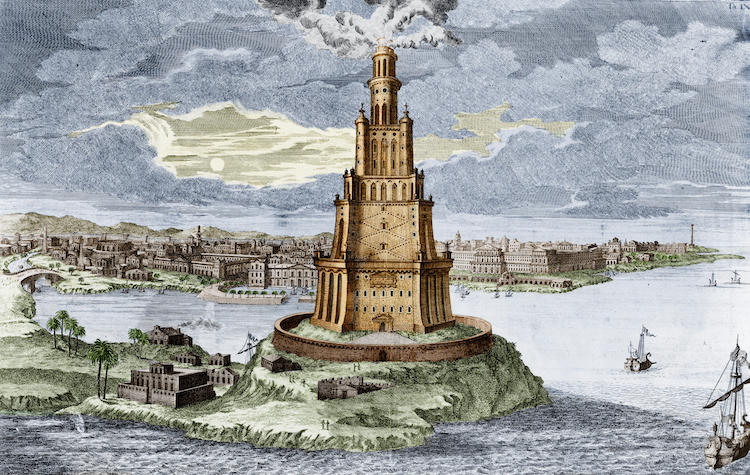
Researching the Facts
For all your help with research, advice and creative support I would like to thank:
Mary Turner Thomson – My inspirational friend and best-selling novelist
Fiona Holmes – Communications officer, Northern Lighthouse Board
David Albutt – Mechanical Technician, Northern Lighthouse Board
Rod Hunt – Scottish Poetry Library
Lou – Findhorn Foundation, Erraid, Isle of Mull
Finding Funding
For your generous financial support in making the concept film, I would like to thank:
Lauren Costello OBE, Maureen Watson, Andy Ryder, Andi Roberts, Diane Mobley, Geoff & Mari Russell, Christine Turpin, Michael Fishman, Mary Di Lima, Michel Lafleche Francoeur, Carina Notivoli, The Creative Fund, Susan Colilla, Pamela Headon, Eric Ryder, Anne Beebe, Gretchen Caines, Annika Hedly, Susan Urich, Marianne Denning
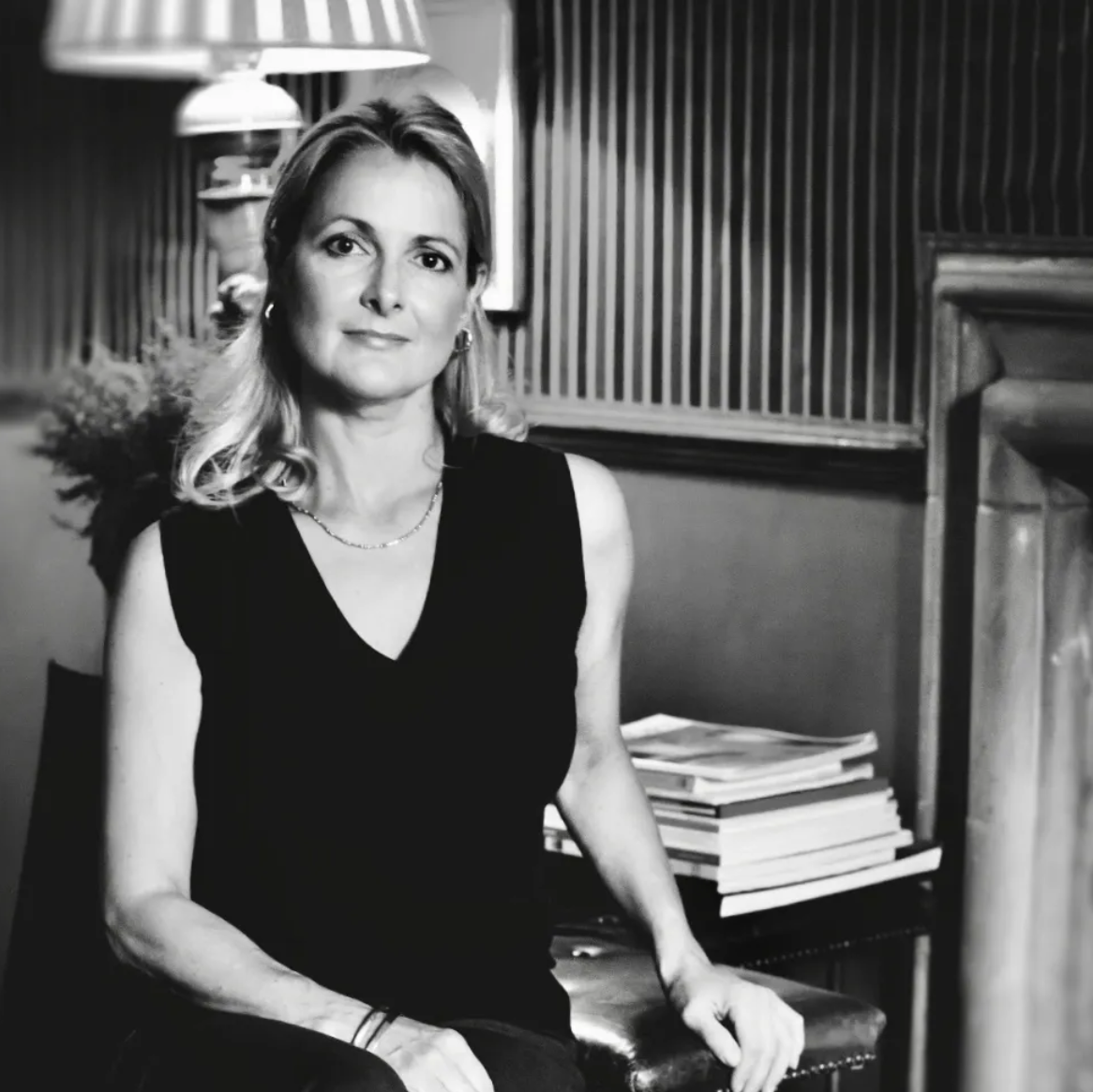
Thank you all
Pamela
